Ultra short throw (UST) projectors have literally taken the world of home entertainment by storm. And it's impossible to talk about a UST projection device, without mentioning the impact of an ALR projector screen on its performance.
In fact, it is the combination of the big screen experience offered by UST projectors and the cinema-grade enhancement in image quality attributed to ambient light-rejecting (ALR) screens that has taken projectors from conference rooms and movie theaters to homes the world over.
While your UST projector will work with any screen, if you want phenomenal performance from it, you will need an ALR screen in your home theater setup.
There is only one problem- There are too many products out there that claim to tackle the problem of ambient light. Unless you do your homework, you will end up paying for a product that does not deliver the promised results. So, continue reading to know about the best ALR screen for a UST projector. But, first the basics.
What is an ALR Projector Screen

In order to understand what an ambient light-rejecting screen is, you need to know about ambient light. One of the secrets of the superlative performance of commercial-grade cinema hall projectors is the fact that a movie hall is a perfectly dark space with no stray light beams that can degrade the performance of the projection unit.
The problem is that a normal projector screen picks up light from all angles and redirects it into the viewing cone and toward the viewer. So, in a non-dark room, it not only picks up the luminescence from the projector but also all ambient light.
In this case, ambient light is everything from the overhead light bulb to the light fixtures in the passageway to the sunlight filtering through regular curtains and blinds.
A regular screen simply takes all of this luminescence and sends it toward your eyes. The net effect is that the intensity of the light coming from the projector gets hosed down, much like the light of a candle in an illuminated room.
An ALR projector screen is able to filter out the luminescence coming from all other sources, so it only channels the light coming from the projector toward your eyes. Hence, it prevents the degradation of image quality attributed to ambient light.
READ MORE: ALR vs CLR Screen: Do you Need an ALR or CLR Screen?
How Do ALR Screens Work?
If you were to pick the best ALR screen for a UST projector, you will get a multi-layer product that combines the property of various materials and design factors to get peak performance from the projection unit.
As far as the ambient light rejection property goes, this is owed to the surface structure of ALR screens. Unlike fabric or even a regular PVC screen, an ALR screen has a surface that is covered with tiny structures arranged in specific shapes.
These surface structures exclusively reflect light that comes from below the center of the structure. If the light beam hits any other area of the surface structure it gets reflected away from the viewing cone. So, what you see on an ALR screen is exclusively the light coming from the projector.
And because ambient light is stopped from blending with the luminescence from the projector, there is no degradation in image quality.
Why ALR Screens Are Essential for UST Projectors?

ALR screens are particularly effective in blocking ambient light that falls on the screen from above and from the sides.
Most long throw projectors and even short throw models are mounted on the ceiling and since it does not make sense to have a light fixture in between the projection unit and the screen, chances are that the ceiling lights will be away from the projection angle all together.
In contrast, UST projectors are placed a mere few inches from the screen and they are never mounted on the ceiling. In fact, they are placed below the lower edge of the screen to one side or bang in the center.
In both positions, there is a good possibility that the performance of the unit will be marred by light fixtures on the ceiling or to the sides as well as any open windows. So, unless you can use light-blocking curtains and switch off all light fixtures, no matter what the resolution of your UST projector, the image quality of the unit will leave a lot to desire.
As opposed to this, when you use an ALR projector screen, it will only reflect the light coming from the projection unit while keeping light coming from all other directions away from the viewing cone.
READ MORE: New Arrival! WEMAX 100 Inch Fresnel Ultra-short ALR Screen
Advantages of ALR Projector Screens

Prevents washed-out images: Because an ALR projector screen does not allow ambient light to interfere with the light emanating from the projector, you won't have to deal with washed-out and dull images.
Stops ceiling ghost images: ALR screens not only prevent ambient light from getting into the viewing cone but also prevent the scatter of the luminescence that comes from the projector. So, if you have an ALR screen, you will never have to put up with distracting ghost images on the ceiling or on the walls.
Significantly improves picture quality: An ALR screen helps your projector to work and perform as it should. So, the enhancement in image quality offered by ALR screens is at par with what you'd get from your projector if it were placed in a completely dark environment or even from an OLED.
Makes the viewing experience more enjoyable: Because ALR screens make a notable difference to the picture quality, they contribute significantly to the entertainment value and viewing experience offered by your projector.
Lowers the strain on your eyes: Since brightness and color saturation are both retained with an ALR screen, it helps to ensure that shadow details are clearly depicted. Since the picture is crisper and sharper, you don't end up straining your eyes when using the projector.
How do ALR Screens Enhance UST Projector Performance?
Improves brightness: ALR screens stop the light from bouncing off the surface and towards the ceiling or the side walls. Moreover, they channel most of the light coming from the projector into the viewing cone. So, they help to greatly improve brightness, particularly when you are using the projector in a room with a noticeable amount of light pollution.
Portrays contrast as it really is: As the images get washed out in response to ambient light no matter what the native contrast ratio of your projector, it is bound to get degraded. This deterioration impacts both lighter and darker shades. But, ALR screens stop the washed-out effect. In turn, this keeps the contrast ratio steady and in the manufacturer's promised range.
Helps to retain color accuracy and saturation: Because ambient light is directed away from the screen surface of ALR screens, they help in the preservation and even enhancement of both color accuracy and color saturation.
Gets the most out of UHD and 4K resolution: No matter how high the resolution of your projector, it won't help much if ambient light is allowed to interfere with the output of the device. So, if you have a 4K UHD projector, an ALR screen actually helps you to get the performance that the projection unit is designed to offer.
Best ALR Screen for UST Projector

From physical factors to design elements and of course the size, you will have to make several choices when picking the best ALR projector screen. Here is what's available...
Common Types of ALR Screen
Fixed Frame ALR Screens: As the name suggests, these screens are typically wall or tripod mounted and cannot be retracted after use. While this means that the screen will stand in plain sight even when not in use, the fixed frame design makes the screen more resilient to damage due to frequent use.
Electric Floor Rising ALR Screens: Once again, the name says it all. These screens can be retracted and stowed away after use. The retraction mechanism can involve pulling the screen down or allowing it to rise up from a casing placed on a horizontal surface/floor.
Because the screen can be safely stored after use, it is easier to keep its surface clean and prevent damage due to surface scratches. However, the retraction mechanism is prone to failure if used too frequently in too short a time.
Factors to Consider Before Buying Your ALR Projector Screen
The size: From 100 inches to ALR projector screen 120 inches, you will find them all and more. It's best to consider the minimum and maximum screen size output of your projector and the space that you can put in between the seating arrangement and the screen when choosing the appropriate screen size.
The bezel: Standard bezel stands to be thicker which means it actually brings down the available display area, even if it only does so marginally. As opposed to this, thin and ultra-thin bezel screens provide a realistic movie theater, widescreen experience.
The viewing angle: At the least you want an ALR screen with a viewing angle of 120 degrees, anything above that will only be better. A wider viewing angle ensures that all viewers can enjoy the same picture quality, even those sitting to the sides of the screen.
The material: There are multiple options when it comes to the material of a projection screen. Fabric, PVC, and others bring their fair share of pros and cons to the table. The best ALR screens leverage the strong points of various materials by combining them into a multi-layer unit.
The cost: Depending on the size, the features, and the manufacturer, an ALR screen can cost you $500 to $1500. The larger the screen size the more expensive it will be. For instance, an ALR projector screen 120 inches will cost you around $250-$350 more than a 100-inch ALR screen. Similarly, a retractable unit will cost more than a fixed frame screen.
How to Select the Best ALR Screen for Your UST Projector?
The screen gain: For peak brightness, go for a screen gain of 0.5-1.0. This means that the screen is capable of reflecting 50%-100% of the light coming from the projector.
Maximum ambient light rejection: No matter what product you buy, you won't get 100% light rejection. But as long as you pick a screen that offers 80% to 95% ambient light rejection, the product will deliver as desired.
The color: Most ALR screens are either grey or black. Now, the darker the screen the greater will be its ability to retain and even enhance contrast. So, it's best to go with black. If that isn't an option, grey will perform better than white any day.
Ability to hold deep blacks: Some ALR screens do a fine job of rejecting ambient light in the center of the viewing cone but there is marked deterioration in performance and noticeable washing out of colors, particularly of black, as you move farther towards the sides of the viewing cone. But, that's not how it should be. With most high-quality ALR screens you will get uniform performance all across the viewing angle.
Easy assembly and installation: It would not make a lot of sense to pay $500 to $1,000 for an ALR screen and then spend another $300 to have it assembled and installed. So, choose a product that can be installed easily even when there is only one pair of hands working on it.
Eye protection: There is nothing extraordinary about multilayer ALR screens. In fact, many high-end products can have as many as 8-10 layers with each bringing something additional to the matrix. Look for a product that also has an eye protection layer.
Lack of or minimal color bias: The last thing you want is an expensive ALR screen that turns your deep blacks into variants of dark blue/grey and transforms your pristine whites into light grey or yellow. So, opt for a screen that has very little or no color bias.
Yes, those indeed are a lot of factors to consider. But an ALR screen is expected to be a long-term investment since you pay a couple of hundred dollars for it. However, choosing the best ALR screen for a UST projector does not have to be confusing.
All you have to do is take your pick from the UST ALR screen range of WEMAX. Your options include:
- Fixed ALR projector screen 120 inches and 100 inches: Sleek products with the thinnest bezel possible these screens offer a 100% improvement in contrast, a screen gain of 0.6, and 90% ambient light rejection. Their permanently tensioned aluminum fixed frame design offers sturdiness to the unit while the multilayer screen provides both ambient and ceiling light rejection.
- The 100 to 120-inch floor rising ALR screen: Available in two sizes, these retractable screens have a unique motorized rise-to-the-ceiling design. The screen can be operated with remote control as well as through Smart Voice control. They offer more than 90% ambient light rejection, a viewing angle of 160 degrees, and 0.5 screen gain.
The Fresnel ALR and CLR screen: A uniquely designed product that harnesses the light deflection and focusing properties of Fresnel optical structures, this product offers more than 80% ambient and ceiling light rejection and an 8 later optical matrix that delivers a screen gain of 1.0.
How to Care for and Maintain the ALR Screen?

- Never use rough fabric to clean your ALR screen, instead opt for microfiber cleaning rags and wipe clean frequently to avoid stubborn stains.
- If you do notice stains that refuse to go away after a wipe down, dampen the fabric with some water and wipe the screen. You can also use alcohol to wipe away the stains.
- When wiping the screen always move from side to side that is from the left/right side of the screen to the other side in. Only move in one direction instead of moving back and forth, up and down or in a circular motion as this may damage the optical structures on the surface.
- Keep sharp objects away from the screen and if you are a cat person, do all you can to stop your fur baby from using the screen as a scratch mat.
- If the screen is retractable, close it after use. This prevents the accumulation of dust and debris on the retraction mechanism. However, do not retract and open the screen too many times over a short span of time. This too can damage the retraction mechanism.
- Do not touch the surface of the screen with bare hands. Also, keep markers and pens away from the screen. You'd be surprised at how many people end up writing on the projector screen instead of on the whiteboard.
- Do not apply continuous force (inward/downward) to any part of the screen.
- Also, never use harsh chemicals to clean your ALR screen
Depending on where you live and where the ALR screen is placed in your home, you may need to give it a quick dusting once every 7-15 days. Furthermore, you may need a wipe down with a damp cloth every 3-5 months.
FAQs
Do ALR screens work with regular projectors?
Yes, they do. Although ALR screens perfectly complement UST projectors, they can also bring about a marked improvement in the performance of regular projectors.
Ditto for projectors powered by various light sources and technologies. Image display-related factors are significantly improved with an ALR screen for both LCD and DLP projectors.
Do I need a particular projector for an ALR screen?
No, you don't. A conventional, ceiling-mounted standard throw projector, a pico portable projector as well as short throw and ultra-short throw units will all offer peak performance when coupled with an ALR screen.
The job of an ALR screen is to contain ambient light and stop it from turning into an issue. So, neither the light source of the projector nor the technology used makes any difference to the way in which ALR screens work and what they bring to the table.
Can I use a standard screen for a UST projector?
You will see moving images even if you use the cheapest screen in the market or simply a white bed sheet. But, this does not mean that you will get the promised image quality from your UST projector. If anything, using a regular screen will cause a significant deterioration in image quality and picture crispness. So, your best bet is to go with an ALR screen.
Wrapping it Up
An ALR projector screen can dramatically improve the performance of your UST projector, particularly when you have light pollution in the projection area. In fact, if you don't already own an ALR screen, you are possibly getting only half the performance that your projector is capable of.
This is not to say that your UST projector will not work with a regular screen. But, if you want the promised and expected performance from your projector, combining it with an ALR screen is the only way to achieve this.
So, why compromise on image quality and settle for a half-baked performance when you can turn your living room/basement or any other room in your home into a movie theater by spending a mere few hundred dollars more?
Related Blogs from WEMAX
Mastering the WEMAX Nova UST 4K Laser Projector Setup
Is An Ultra Short Throw Projector Worth It?
Beginner's Handbook of Projector Terminology
Be the first to know the latest updates, tips, how-tos, exclusive deals, and discounts from WEMAX. Sign up for our newsletter today!


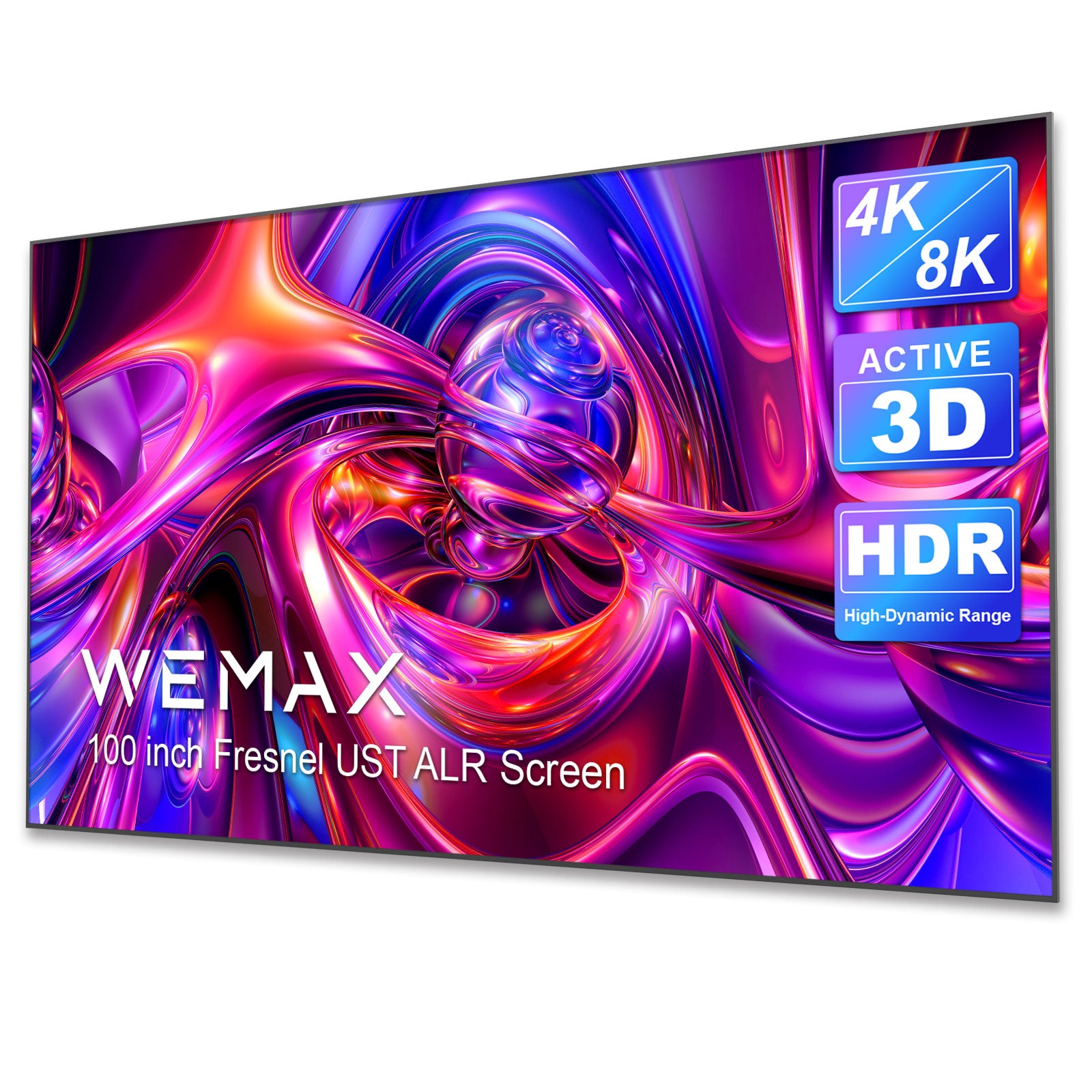

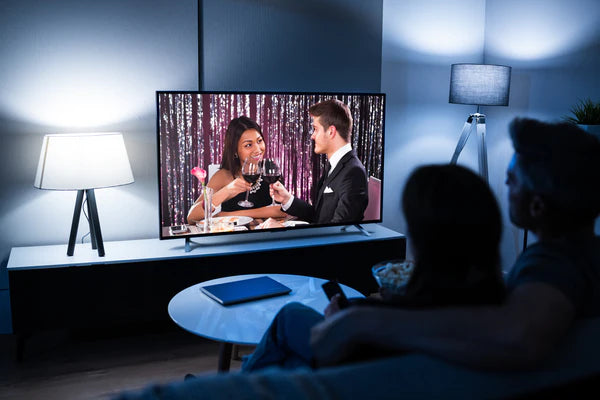
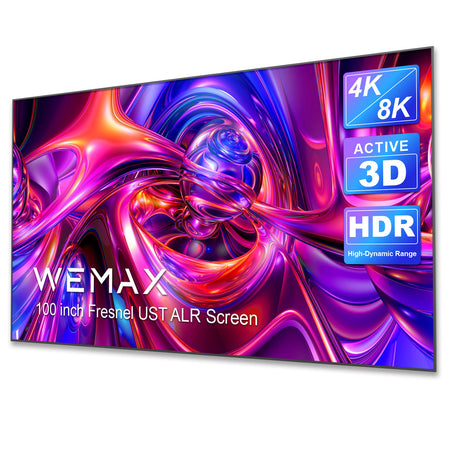
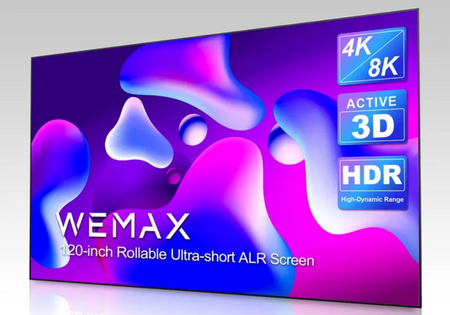
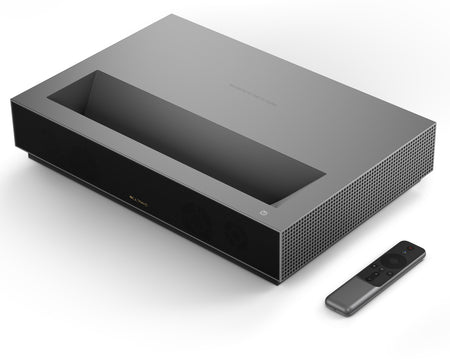
Comments (0)
Back to Tips and Tricks